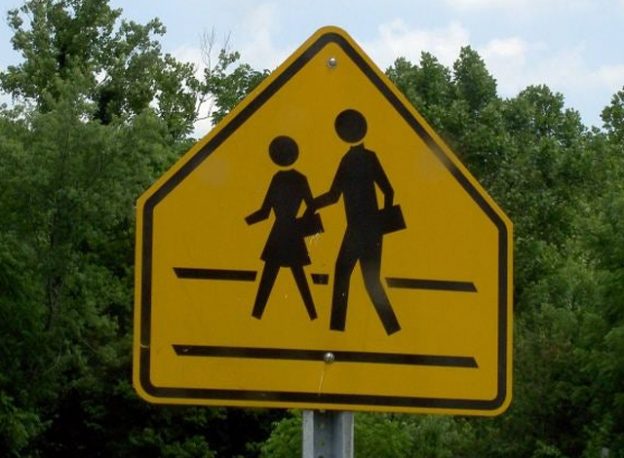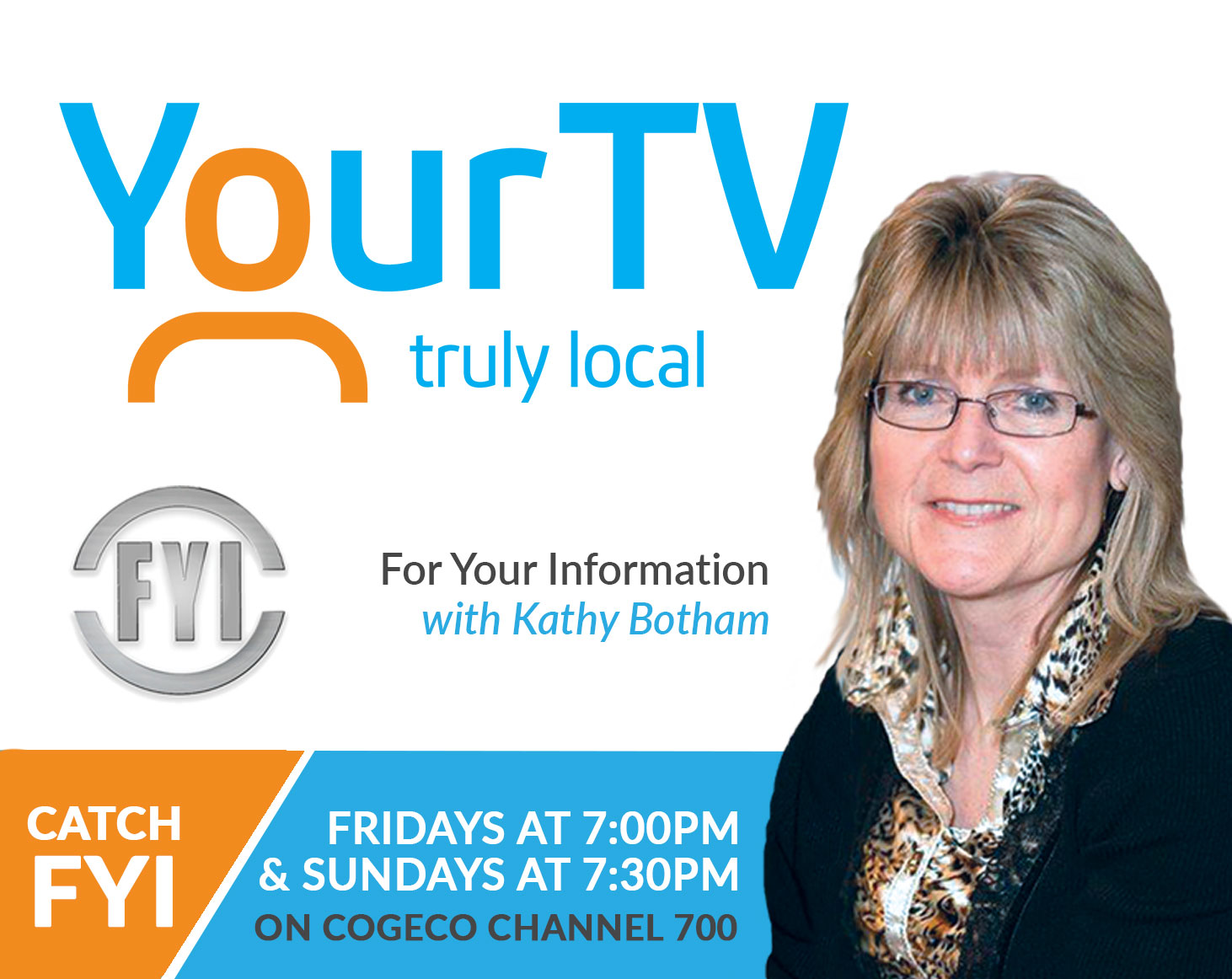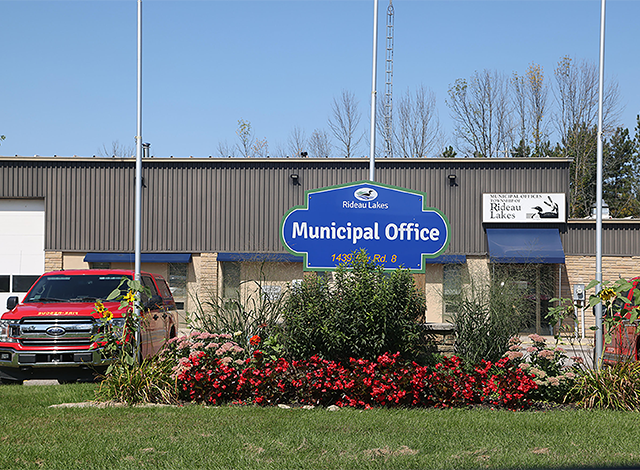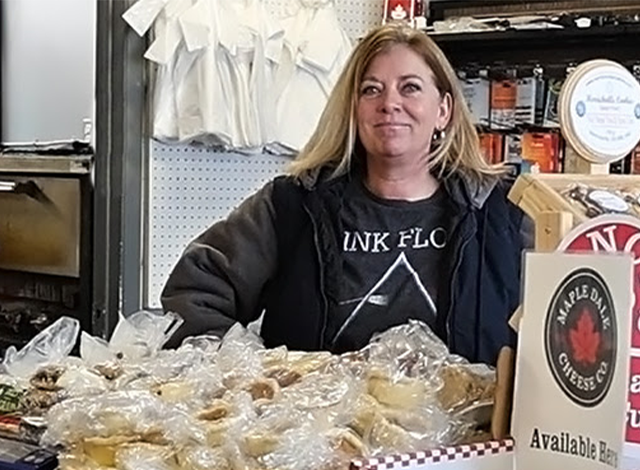Carleton Place Committee of the Whole approves sign bylaw changes
At Tuesday’s virtual session of Carleton Place council’s committee of the whole, Chief Building Official Lennox Smith presented a proposal to amend the town’s sign bylaw. The increase in the number of larger scale development applications has brought requests by builders for larger signs. Smith stated that the current size limit of 4.5 square meters (48.5 square feet) creates signage that is proportionately too small for larger multistorey buildings. Allowing one large ground sign was deemed more ‘reasonable and practical’ according to Smith’s report. The new sign maximums will be based on the number of storeys of the proposed building with signs as large as 6.0 square meters (64.6 square feet). The other change recommended was to reduce the setback distance for signs on corner lots from its current 3 meters from the property line to 1.0 meter. This was suggested due the difficulty in placing any sign on a corner lot while obeying the setback limits. Councilors approved the changes which will go to the next full session of council for ratification.
Crosswalk signage coming for the trail?
At the latest Carleton Place council Committee of the Whole (CoW) meeting, councilor Linda Seccaspina put a notice of motion on the table for a future discussion and decision on installing some safety signage at the Lake Ave East and Moore/Munro streets’ crossings for the Ottawa Valley Recreational Trail. Other locations such as the Townline Road crossing may be added. The notice gives staff enough time to prepare some choices with costs estimates and should appear on the next CoW meeting agenda in September.
Virtual meetings to continue
Like many other Ontario municipalities, Carleton Place council and its committees will continue meeting electronically for the foreseeable future. Council voted to amend their procedural bylaw on Aug. 11th as the province recently amended the Municipal Act to provide that option. As councilor Theresa Fritz noted, the council chambers doesn’t lend itself to Covid-19 protocols as there are not enough microphones for each councilor and staff. In addition, the recent installation of live-streaming camera and microphones won’t be effective when everyone is wearing masks. Tight and limited gallery seating also makes it hard to provide proper distancing for an audience and it’s not unusual to see that area packed to pre-Covid capacity. The use of the upper auditorium/theatre for council meetings was ruled out due to the lack of streaming video cameras and proper microphones and the poor acoustics for discussions taking place on the auditorium floor and not on the stage.



















